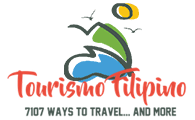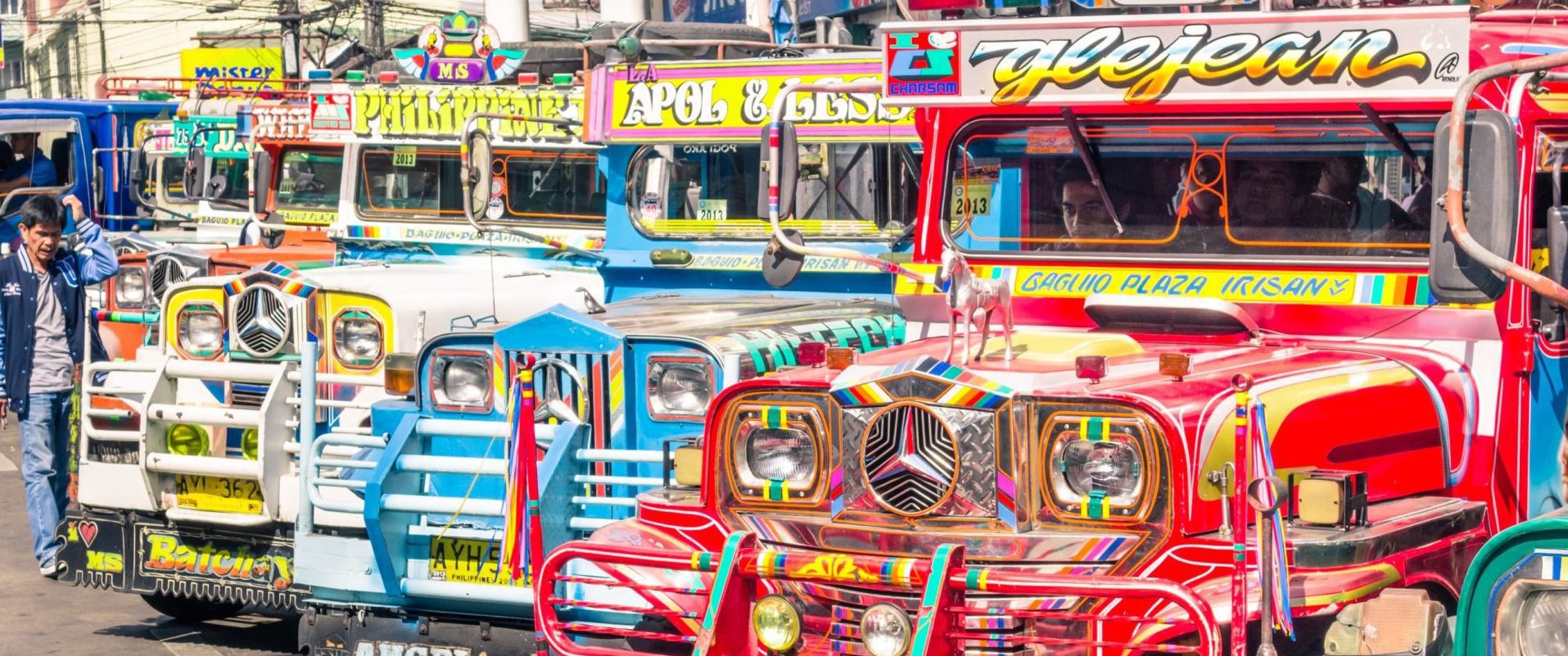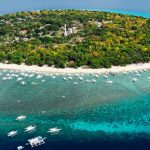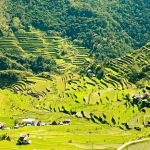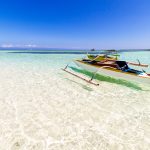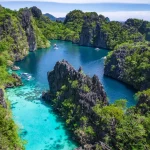Tips for Traveling in the Philippines
Arriving in the Philippines?
Planning a vacation from the movies? A family trip?
Looking for useful tips? Information about the Philippines?
On this page, we have gathered all the important information for your trip to the Philippines. How to get there, when to go, how to get around, what to eat, recommended places to visit, what not to miss, and more. Traveling to the Philippines is a once-in-a-lifetime experience. Enjoy!
When is the best time to visit the Philippines? Click here
The Philippines – a true paradise!
The Philippines is a group of islands located near the equator, slightly north of it. This region is characterized by a tropical climate, so it is recommended to wear lightweight clothing suitable for the weather. It can be hot and humid at times, so wearing a hat when out in the sun is advisable. Drinking plenty of fluids throughout the day is also recommended. When traveling to mountainous areas, it is advisable to have thicker and longer clothing.
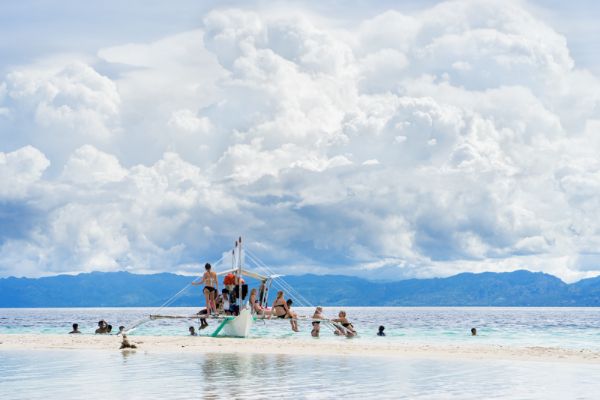
Seasons in the Philippines and the weather:
![]()
The Philippines is divided into several regions and thousands of islands, and not only geographically but also in terms of climate, as can be seen in the picture above.
In most cases, the weather will be as commonly described, with hot and dry weather from February to May (end). The months of July to October are characterized by typhoons, with rainfall for most hours of the day during typhoons, while temperatures are generally stable and warm. In the months of November to January, it is relatively cooler and drier.
Tips for traveling in the Philippines – Since 2016, the weather has changed slightly, and now we can see changes even in the rainy season, which is somewhat less rainy than usual. The official rainy season begins in June and usually ends in early October, typically in early October.
Recently, we have seen some significant changes in the weather. June is still relatively dry with a few light rainy days, July is already quite rainy towards its end, but it still has many sunny days, and August is considered a bit rainier, although you can still enjoy many sunny days.
The less stable months…
The months of August, September, and October are not as stable in terms of weather, so it is advisable to avoid planning a trip to the Philippines during this time, or be prepared for unexpected rainy days during the trip. Of course, we want you to see the beauty of the Philippines, but we also want you to see the country in the sun, enjoy the colors of the sea and the skies, and most importantly, not to have flights, ferries, and tours canceled, causing financial losses.
While October is considered the end of the rainy season, in the past two years (as of 2016 and beyond), this month has behaved like a rainy season, as there are still quite a few rainy days, which can affect your trip.
November is already considered a reasonable month in terms of weather, and the improvement is noticeable during this month. Rainfall decreases, and you can travel without much rain for most of the month. Of course, until January, there is still a chance of rain, but this is a tropical country, and you cannot escape from rain. Instead, plan your trip according to the more suitable months and follow a variety of tips for traveling to the Philippines that you can find on this page.
*Note – when searching the internet for information about the Philippines, there are many recommendations to visit and travel during the rainy season, but it is a gamble for an expensive trip, and sometimes it can be disappointing. Everyone wants those Instagram-worthy photos, and when it’s rainy or cloudy, there’s no chance of getting such a picture.
The Most Recommended Months
In the map above, we can see a certain division into regions with less rain and regions with more rain, as well as the highlighted months. However, this information should be taken with limited assurance because even in the rainy regions, you can still experience dry days.
The most recommended months to visit the Philippines are from mid-November to the end of May, without a doubt. Beyond these dates, there may be rain and sometimes difficulties in traveling between the islands due to flight cancellations and rough seas.
Handling Money in the Philippines
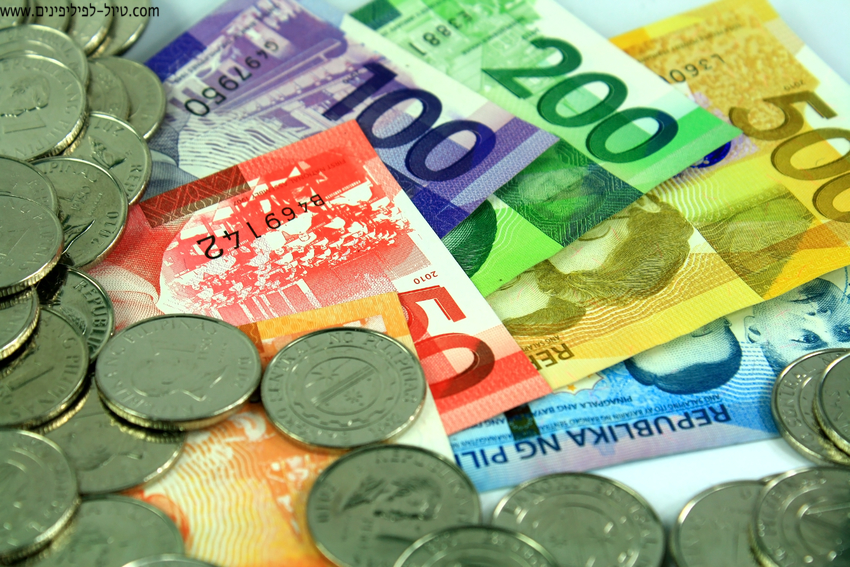
The Philippine Peso is the local currency, and credit cards are widely accepted almost everywhere in the Philippines, especially in organized restaurants and relatively modern establishments. Money exchange services are available throughout the country, and you can find various options for your currency exchange needs.
However, it is advisable to have some Philippine Pesos with you before traveling to remote islands or areas where you might not find currency exchange services readily available. In some remote regions, you may encounter difficulty finding a place to exchange money or face unfavorable exchange rates.
The recommendation is to withdraw larger amounts of money in Manila (at the airport, which is the best option right after arrival).
If you are traveling to the northern region (Batanes and Sagada), you can only find ATMs in Sagada. Batanes does not have ATMs yet, so it is advisable to bring cash with you for these trips.
Even in the ATM in Sagada, there may be a shortage of cash at times, so it’s a good idea to bring a little more cash than usual.
In towns like El Nido, Port Barton, and similar places, it’s highly advisable to bring cash with you either from Manila or through Puerto Princesa to avoid getting stuck without cash there.
In El Nido, there is an ATM, but most of the time, there is a cash shortage, and it is not sufficient, so it’s recommended to bring cash for these destinations.
On islands like Sabtang, Camiguin, Bohol, and Boracay, there are ATMs, and you shouldn’t have a problem withdrawing money upon arrival.
Vaccinations in the Philippines
Travelers to the Philippines are advised to get vaccinated with the required vaccines before their departure according to the recommendations of the travel clinic. Additionally, if planning to travel to jungle and rural areas, it is recommended to obtain a prescription for malaria prophylaxis.
Regarding the regulations of the Ministry of Health, if you are arriving from countries with a risk of yellow fever, you may be asked to provide a vaccination certificate.
*Don’t forget comprehensive health insurance and vaccinations. It is highly advisable to purchase suitable travel insurance well before your flight. Regarding the updated list of vaccinations, it is recommended to check with various health authorities providing information about the Philippines. It is important to start vaccinations some time before the flight, so make sure to plan and check this well in advance.
You should check the updates on COVID-19 vaccinations and the requirements of the Philippines regarding this matter on the following link: Entry Requirements for the Philippines
Arrival in the Philippines and passage between islands

You can arrive in the Philippines and land in Manila, Clark, Subic, and also Cebu if you are continuing directly to the islands – all of which have international airports. However, most flights are concentrated in Manila at Ninoy Aquino International Airport.
Don’t forget to purchase an exit ticket from the Philippines when you buy your entry ticket. At airports on your way to the Philippines, they won’t allow you to fly to the country without it, and you’ll have to buy a ticket on the spot, which can be much more expensive.
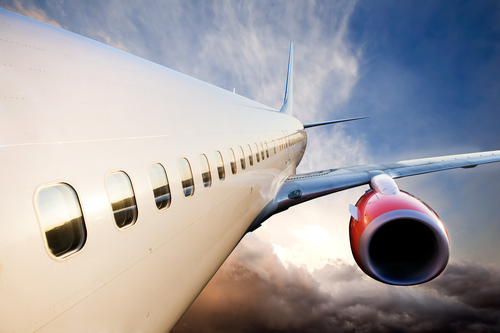
International flights to the Philippines arrive from various regions around the world. They include flights from Arab countries, direct flights from Europe, and flights from the United States.
As of 2018, there are no direct flights from Israel, but there are convenient and relatively short layovers through Hong Kong and Bangkok for travelers to the Philippines.
There are also longer flights with longer layovers through Europe and Arab countries for those who are not concerned about taking such flights. Additionally, flights from Europe often come with very good airlines; however, the multiple stopovers and wait times can affect the quality of the flight.
Domestic Flights in the Philippines
Domestic flights in the Philippines are, for the most part, similar to taking a bus in Israel. Due to the many islands in the Philippines and the accessibility provided by ferries or planes, there are quite a few airlines in the Philippines, whether they are major or smaller carriers.
Philippine Airlines, Cebu Pacific, and AirAsia are the main airlines for both international and domestic flights. However, you can also find smaller carriers like Zest Air, Cebgo, and AirSWIFT, which are often more budget-friendly and suitable for local destinations. There are even smaller companies that offer private flights or cater to specific destinations.
A Guide to Domestic Flights in the Philippines – Click Here
Flights to major destinations in the Philippines are available through these airlines, but there are destinations like El Nido served by only one airline, AirSwift, which operates smaller aircraft including ATR-42 planes with approximately 80 seats and offers direct flights to and from El Nido and Manila.
There are two other airlines that operate seaplanes, including Air-Juan, which provides flights between several islands and Manila.
Arriving in the Philippines by sea
Ferry services connect many islands to the main island of Luzon, allowing you to reach various destinations by sea. However, the sea journey can be long, tiring, and not always as safe as flying. Soon, a list of ferry companies and destinations will be published.
You can see on this map different destinations accessible by ferry, equipped with rooms, dining areas, etc. Staying on the sea may not be suitable for everyone, as the varying schedules and ferry traffic can affect your journey, but it can be an interesting way to see the islands along the way.
Among the Philippine islands, you will have the option to travel by ferries, some of which are safer than others. It’s important to choose ferry services carefully, especially considering the history of maritime accidents in the Philippines.
Travel Tips for the Philippines – All the Small Tips Worth Knowing!
Electricity Charging electronic devices can be done without using a voltage converter because the electricity in the outlets is 220 volts (like in Israel). However, you should equip yourself with an adapter that fits the outlets in the Philippines and is similar to the American plug.
Examples of adapters worth buying upon arrival in the Philippines can be found at any 7/11 store, and they are inexpensive:
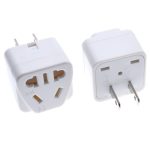

The recommendation is to purchase an international adapter that suits your needs for every place, including on the way to the Philippines, an adapter similar to this one:

Drinking It is highly advisable to drink only from sealed bottles throughout the islands.
Transportation For getting around in Manila and major cities, it is recommended to download the Grab app. You can read about it and transportation options in the Philippines in this section: Transportation in the Philippines.
Here are some additional small tips:
> Flip-flops for showers are recommended.
> Suitable shoes with a sturdy sole for snorkeling.
> A raincoat or suitcase cover can be perfect protection when rain suddenly comes.
> Mosquito protection – there is a product called “OFF” which works great against mosquitoes in the Philippines. There’s no need to bring it from Israel as it may not be effective.
> Snorkeling equipment – it’s advisable to bring your own, as used equipment has been used by so many people, and it’s best to have your own.
Time Zone The Philippines is in one time zone, which is 8+ GMT.
Time Difference Israel-Philippines When Israel is on Standard Time (winter time), the time difference is 6 hours ahead of Israel. When Israel is on Daylight Saving Time (summer time), the time difference is 5 hours ahead of Israel.
What to Wear It is recommended to wear lightweight clothing. If you plan to visit mountainous areas, it’s advisable to bring warmer clothing. When visiting churches and temples, it is customary to avoid wearing short or revealing clothing.
Currency The currency in the Philippines includes bills in denominations of P1000, P500, P200, P100, P50, P20, P10, P1, and coins in denominations of P1, P0.50, and P0.25.
The standard practice is to leave a 10% tip on the total bill. In cases where the service charge is included in the bill, the tip is optional.
For further detailed information on tipping in the Philippines, click here.
Customs
It is recommended to fill out a declaration of honor form before going through customs to facilitate the inspection.
Here are some basic items allowed through customs:
- A reasonable amount of clothing, jewelry, and personal toiletries.
- 2 packs of cigarettes or two boxes of tobacco.
- Two bottles of wine.
Porters
Honor carts are available for a small fee per suitcase, and payment is made at an organized counter.
You can find free carts for your belongings, but it is customary to leave a tip.
Medical Services
In most places, you can find hospitals and doctors. However, it is advisable to go to central areas for complex treatments. You can see a complete list of hospitals in the Philippines on the health services page.
Water
Bottled water is available in hotels, resorts, supermarkets, and stores like 7/11, among others.
Types of Tours in the Philippines
There are many options for tours in the Philippines, depending on the length of your trip, the style of your tour, and, of course, your budget. Most travelers choose the “standard” route, which covers most of the popular and well-known sites in the Philippines. These sites include the Banaue Rice Terraces, Pagsanjan Falls, Taal Volcano, Old Manila, and the islands of Boracay, Palawan, and Bohol.
For travelers with more time, we usually add various attractions, such as exciting jeepney tours on Luzon Island, charming boat trips to captivating lagoons and other islands with new routes we create each season.
Organized Tours to the Philippines
These are tours that have become very popular in recent years, and many groups from Israel come to the Philippines. These tours usually follow a standard route and visit the popular destinations in the Philippines. In most cases, these are short tours that quickly pass through these popular destinations.
Tourismo Filipino has designed itineraries for organized tours to the Philippines that allow travelers to experience the region they visit more deeply and enjoy the province’s character, the local people, and the local cuisine. The emphasis is on the activities carried out during these tours, even if the route is relatively typical for the Philippines.
In these tours, we make sure to take travelers to see famous festivals, experience local cuisine and folklore, and, of course, the breathtaking natural beauty that these regions have to offer.
Organized Tours to the Philippines – Click here for the full list.
Here are the initial tips for traveling to the Philippines.
If you are interested in more detailed information about the Philippines and the country itself, continue reading below and get many more tips about the Philippines, its culture, food, and much more!
The Philippines and Division into Regions – List
Below is a list of destinations in the Philippines divided into three main regions. We hope you have received a variety of tips for traveling to the Philippines, and that your trip will be simply perfect!
| Luzon |
Visayas
|
Mindanao |
| Palawan Island | Cebu | Basilan |
| Mindoro | Panay | Jolo |
| Masbate | Bohol Island | Samal Isalnd |
|
Catanduanes |
Samar | Dinagat Island |
| Marinduque | Leyte | Camiguin |
| Romblon | Guimaras | Siargao |
| Polilio Island | Siquijor | Bucas grande |
| Burias Island | Biliran | Sarangani Island |
| Ticao Island | Bantayan Island | Turtle Island |
| Tablas Island | Camotes Island | |
| Sibuyan Island | Boracay | |
| Busuanga Island | Semirara Island | |
| Culion Island | Panay Island |
| Coron Island | Limasawa | |
| Balabac Island | ||
| Babuyan group of Islands | ||
| Batanes | ||
| Calamian group of islands | ||
| Cuyo Islands | ||
| Calayan group of islands | ||
| to the map of the Philippines |
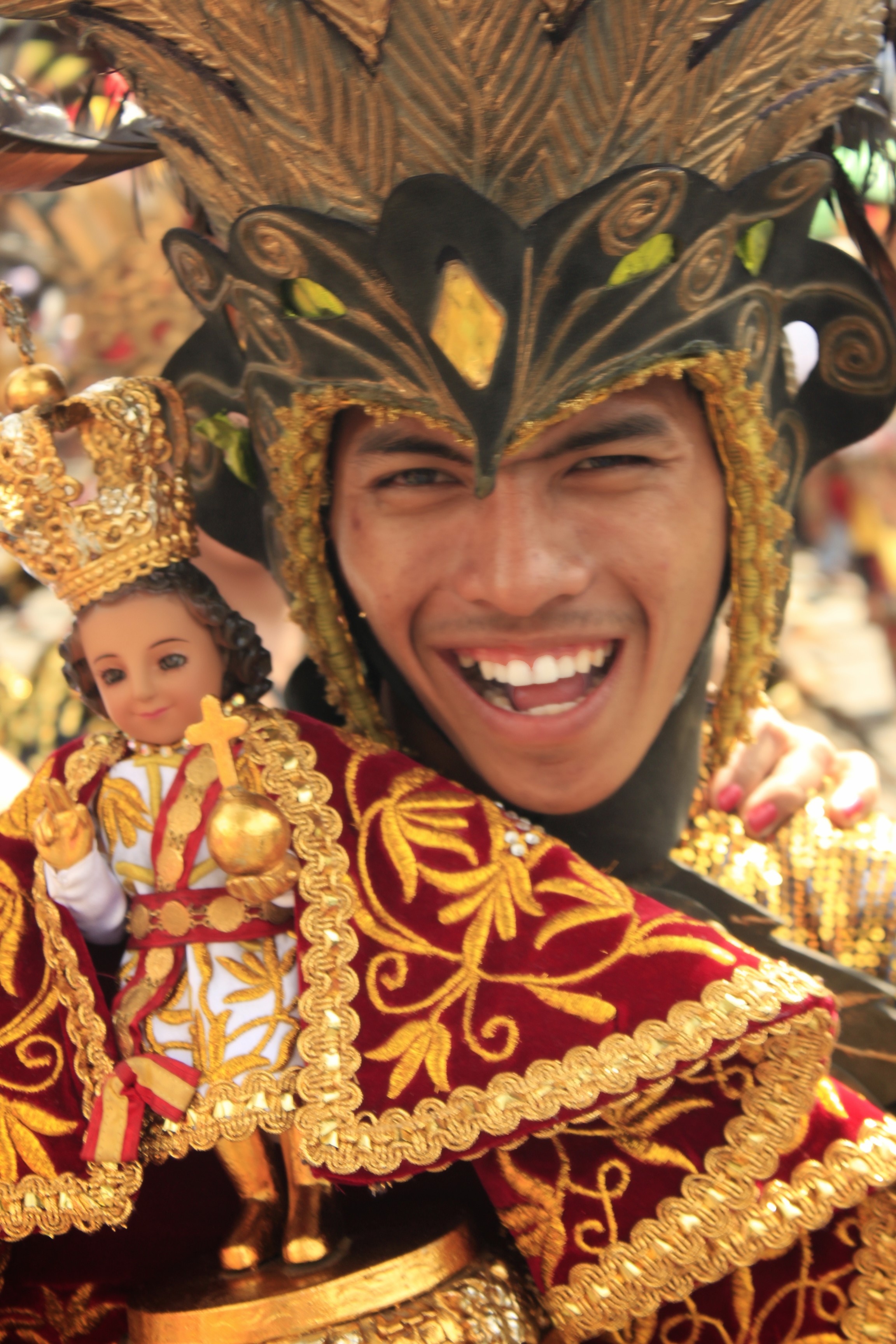
Ethnic Groups in the Philippines
The Negritos were the first ethnic group to arrive in the various islands of the Philippines. They came following the Austronesian peoples who sailed in boats across the Taiwan Strait to settle the Polynesian islands, a archipelago that was abundant and rich in the prehistoric era. Gradually, these peoples increased in number, becoming the Negrito population. They remained the dominant ethnic group in the archipelago until the Chinese began settling in different parts of the country in the 9th century, intermarrying with the Austronesians. Starting in the 16th century and until the 19th century, when Spaniards, Americans, and Mexicans established colonies in the islands, additional foreign ethnic groups entered the region. With the opening of the Suez Canal in 1800, the Philippines came into contact with European countries such as Britain, Germany, and France. Migration from these countries led to an increase in the number of ethnic groups residing in the Philippines. In recent years, additional immigrants from various countries have arrived in the country, making the Philippines a melting pot of more than 160 different ethnic groups.
Bicolano
The Bicolano people originate from the Bicol region in southern Luzon. There are several languages spoken in the Bicol region, with approximately 3.5 million speakers in total. The Bicol language is particularly common in central Bicol and includes dialects such as Naga, Legazpi, Daet, and Partido. Some consider Virac to be a separate language. The Bicolanos are known for their cuisine, which makes unique use of chili and coconut milk.
Gaddang
The Gaddang people number around 25,000 individuals. They primarily reside in the upper part of the Cagayan Valley, especially in Isabela, Nueva Vizcaya, and Quirino, predating the arrival of Spanish colonizers. Their language is distantly related to Ibanag and Yogad and is also spoken in interactions among ethnically related groups in the provinces of Ifugao and the mountain province.
Ibang – Ibanag
The Ibanag is an ethnic Christian group with a population of nearly half a million people. They primarily reside in the provinces of Cagayan and Isabela in the Cagayan Valley region in northern Luzon. They speak Ibanag, a language closely related to Ilocano.
Ilocano
Ilocano is an ethnic Christian group located in the lowland and coastal areas of northern Luzon. Ilocano speakers can be found scattered throughout Central Luzon in places like Zambales, Nueva Ecija, and Aurora, in the metropolitan area of Manila, and in other parts of Mindanao. They speak Ilocano and constitute the third-largest ethnolinguistic group in the Philippines, with a population of approximately 8.1 million people. Their folk literature is called “Biag ni Lam-ang,” an epic poem with similarities to “Ramayana.”
Ivatan
The Ivatan people are an ethnolinguistic group that predominates in the Batanes Islands of the Philippines. They have close cultural ties with the Taiwan-based Kapampangan indigenous people. Kapampangan is the seventh-largest ethnolinguistic group in the Philippines. Their origins can be traced from Pampanga in the central plains of Luzon, north-eastern Tarlac, and southern Zambales to the southernmost region of Tarlac and Nueva Ecija in the south-eastern part of Zambales. Their religion is Christianity, and their language is spoken by more than two million people. During the Spanish colonization period, Pampanga was known as the source of the best warriors. A force of Kapampangan fighters also assisted in defending Manila against the Chinese pirate Limahong. They also played significant roles in battles against the Dutch, English, and Muslims. Kapampangan, alongside Tagalog, played an important role in the Philippine Revolution.
Pangasinan
Gregorio Aglipay was a Filipino clergyman and teacher. He was a priest who joined the revolutionary forces of Emilio Aguinaldo and was excommunicated in 1902. He took his followers from the Roman Catholic Church and founded the Independent Philippine Church. Bishop Aglipay attracted many believers, and their number reached one million. His church, which preserved most of the elements of the Roman Catholic Church, abolished confession and celibacy. Later on, the church established friendly relations with the Unitarians who rejected the doctrine of the Holy Trinity. After Aglipay’s death, the organization went through a difficult period. In 1961, a full alliance was formed between the Independent Philippine Church and the American Episcopal Church. Aglipay lost the presidential elections to Manuel Quezon in 1935.
Migrant Groups in the Philippines Today
A large number of foreign countries have contributed to the great diversity of ethnic groups in the Philippines. The main contributors were the Spaniards, Chinese, Americans, Arabs, Indians, Koreans, Japanese, Jews, and Mexicans.
The various communities in the Philippines are a direct testament to the long and continuous process of migration. People of different faiths who speak a wide variety of languages have settled there. The Philippines is a country that truly exemplifies the vast diversity of the human race.
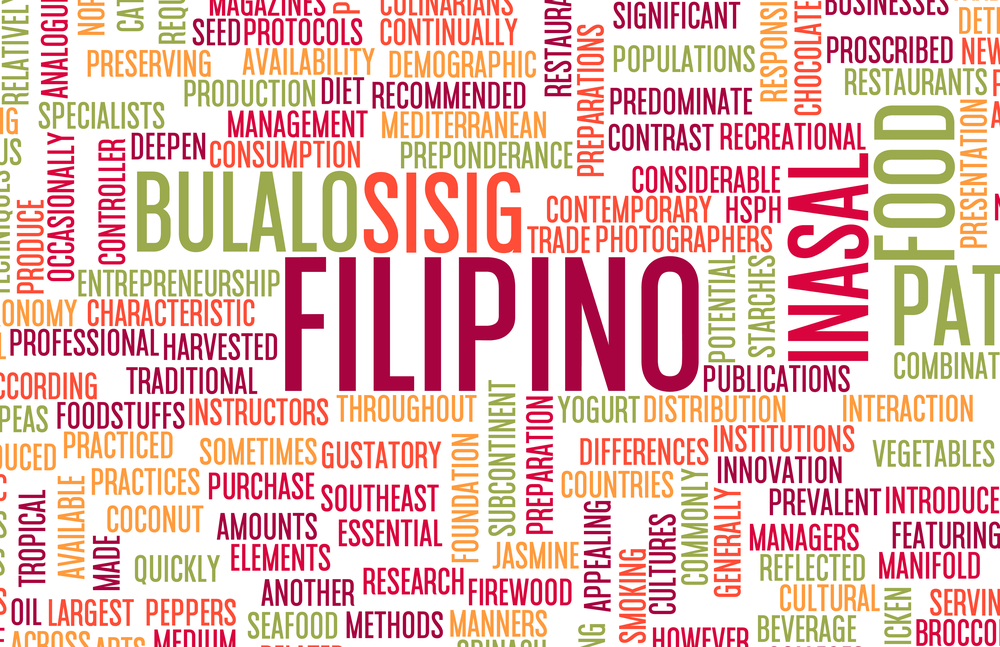
Great Qualities and Characteristics of Filipino Tribes
Filipinos believe it is everyone’s duty to maintain smooth interactions. It’s essential not to embarrass others. Correcting people publicly is considered inappropriate or unacceptable behavior. People want to respond positively to requests, so they often say “yes” when they might mean “no” or “maybe.” There is an understanding that when someone says “no,” it may shame the other person, so if a request is repeated, it’s allowed to respond positively to the offer. Time awareness and time management are not crucial considerations in daily life. A planned meeting can happen much later, significantly later, or not at all.
Filipinos walk hand in hand or arm in arm with relatives or friends of the same sex as a sign of affection and friendship. Women are expected not to cross their legs or drink alcohol in public. It is also not customary for women to wear shorts.
Filipinos take pride in their hospitality and welcoming guests. They are willing to go out of their way to help visitors or guide them to their destination. The foremost importance is acknowledging the other person’s standing and full title, and it is essential to mention people’s full names in the process of introduction and self-presentation. Non-verbal language like nodding or raising the eyebrows is a key element in communication. People greet each other by raising their eyebrows. A prolonged raising of the eyebrows can be used to ask a question.
Filipinos believe in the need for social acceptance, and they consider education as a means to upward mobility. Skin color, beauty, and wealth are criteria that define a person’s social status. Lighter skin color is associated with intelligence, and a person with fair skin is often given preference over their darker-skinned peers. Family background and connections with influential individuals are beneficial in business. Government officials, loyal friends, and community leaders sponsor hundreds of weddings and feasts every year, and these relationships are highly regarded.
There is a gap between the two percent of the population considered affluent and the majority living in poverty. The middle class feels obligated to those in positions of power to attempt to achieve social change. Filipinos enjoy watching professional basketball played by American professional teams and local professional league teams. Basketball courts are the only sports facilities found in almost every neighborhood and school. Cockfights are a popular sport among men.
Roosters have metal spurs attached to their legs just above the feet. The competition lasts until one of the roosters is no longer able to continue fighting or escapes. The Astrodome in Manila serves both professional basketball games and cockfights. Mahjong, a Chinese game, is also very popular, especially among women.
Do you know the languages spoken in the Philippines today?
The official languages are Filipino, which is based on Tagalog with words from other languages and English. Since only 55% of the population speaks Filipino fluently, English is the predominant language in colleges, universities, courts, and the government. In the country, there are 70-80 dialects originating from Malay languages. Three dialects are of national importance: Cebuano in the southern islands, Ilocano in the north, and Tagalog, the language of the capital city. When Tagalog was chosen as the basis for the national language, the Cebuanos refused to use Filipino. “Taglish,” a combination of Filipino and English, has become the standard language. Filipinos take pride in the fact that their country is the third-largest English-speaking nation in the world. Filipino English includes many terms from British and Australian English, and it is an official language that contains words that are no longer common in American English. Spanish was taught as a compulsory subject until 1968 but is rarely used today. Some numbers in Spanish and a few words are also included in various dialects.
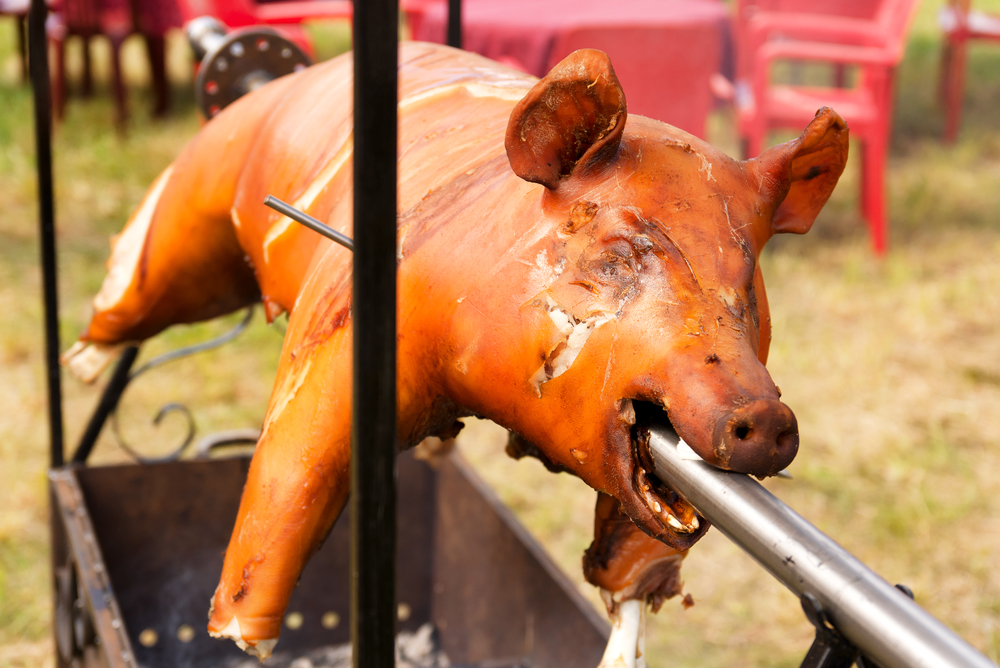
Roast suckling pig on a spit over a fire
Daily Food in the Philippines
In the Philippines, food is not considered a complete meal if it doesn’t include rice. Rice is the staple of the menu. With three rice harvests a year, there is enough rice for the population, and the government maintains additional reserves for times of need. Fish from saltwater and freshwater sources appear on the daily menu, whether salted or fresh. Fish, chicken, and pork are typically fried, though people are becoming more health-conscious and opting for alternative cooking methods. Garlic is an essential ingredient in Filipino cooking, known for its health benefits. Filipino cuisine is not typically spicy. All dishes are cooked over gas stoves, open flames, or charcoal grills. Rice is usually cooked first because it takes the longest to prepare. Once it’s ready, it’s placed on the table, and then the other dishes are prepared and served.

